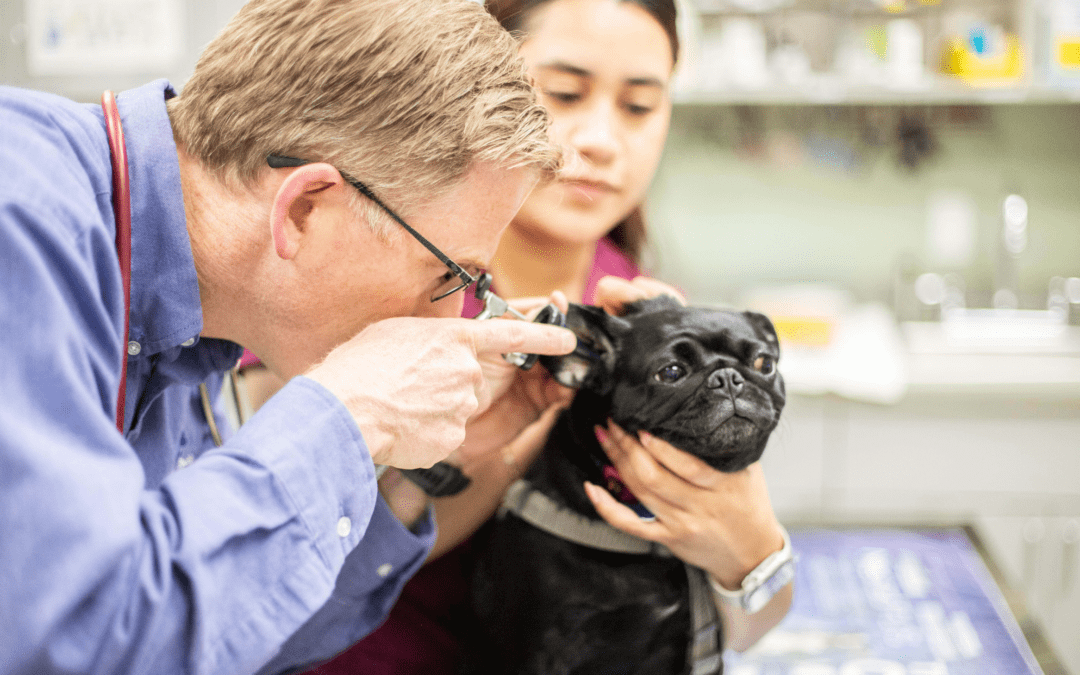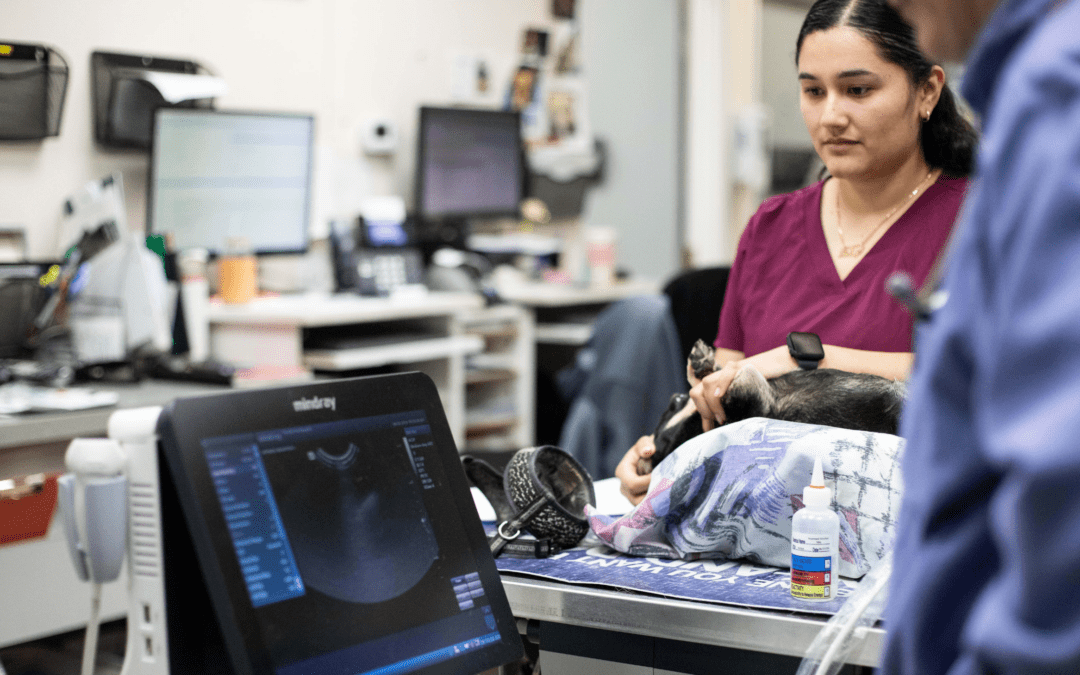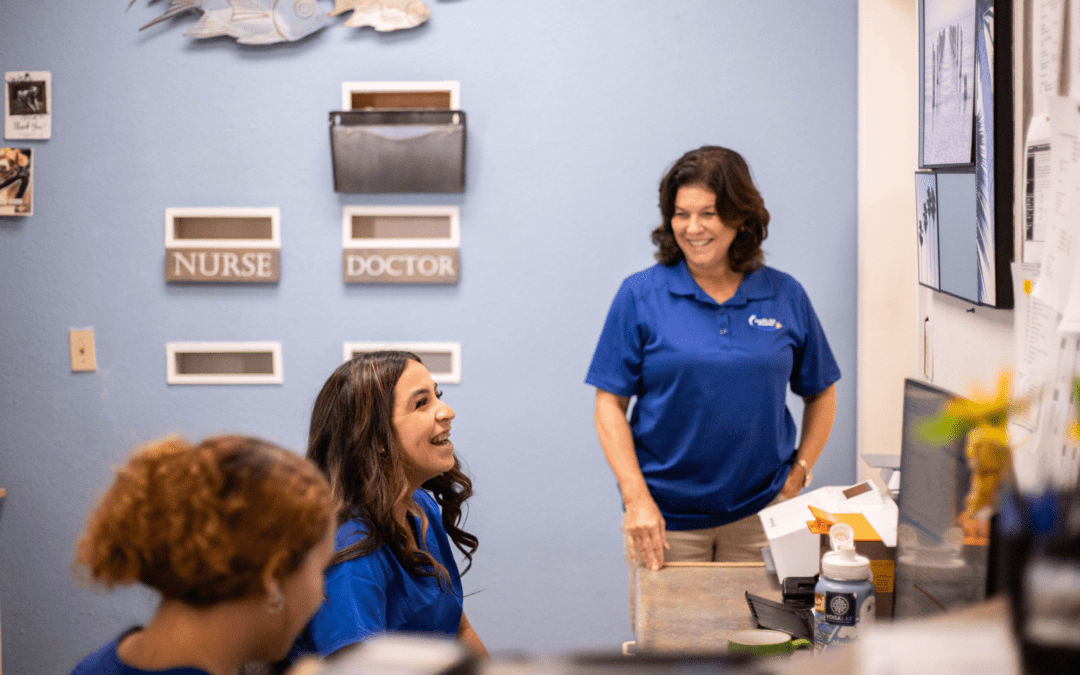As a pet healthcare provider, what are some of these things that are changing that you can embrace? We’ve compiled a couple of stats from reputable sources to help you better understand your clients and grow your veterinary practice.
62% of Pet Parents are Within Generation X or Younger (APPA)
More young adults are adopting four-legged family members into their family as a precursor to having children. In addition to that, 69% of these pet owners see pet parenting as practice for starting a family in the future.
What Vet Clinics Can Do: Consider the communication habits of this demographic. If these individuals treat their pets as if they’re children, what will they look for in a healthcare provider? Do your best to match the expectations that they may have and alert them to any problems that could arise in the future.
Most Cat Parents Become Parents to Strays (APPA)
In 2017, most cat owners became cat parents accidentally. These soon-to-be feline lovers often found cats in their yards or within their community. With feral cat communities being extremely active, especially during kitten season in the spring, it’s not unusual for cats to wander into homes.
What Vet Clinics Can Do: If someone calls in asking for assistance with a stray cat, offer information on spay or neutering services. This is the start of a long relationship with this cat and pet parent! Establish the foundation necessary to keep them healthy and happy for a long time (and preventing more accidental litters in your neighborhood).
The Average Number of Vet Visits Per Year is 2.5 (APPA)
If your pet is healthy, chances are you’re probably only going to visit your veterinarian once a year for their annual check-up. However, there are situations in which you may visit your vet more than once, such as an accident or illness.
What Vet Clinics Can Do: Check in more often with your clients who may need more frequent visits. For example, senior dogs may need more check-ups than a young cat might. Consider sending targeted messages to specific breed types or age ranges offering discounts or incentives so you can bring them back in for a little extra preventative care.
1 in 10 Pets in the US Has a Social Media Profile (Mintel)
Think about all of those famous pets online like Grumpy Cat, JiffPom, or Lil’ Bub – they have to have a pet parent behind the scenes! If their parent is consistently running their accounts, that means that they’re going to be much more receptive to information coming through their cell phones.
What Vet Clinics Can Do: Notify these pet parents of appointments and reminders on their phones. Whether it’s text messages or push notifications, these parents are MUCH more in-tuned with mobile notifications, especially because they’re already managing their pets accounts consistently.
40% of Pet Products are Purchased Online (Including Medication) (APPA)
Think about the basic needs of your pet: a bed, food, bowls, toys, and monthly medication. These needs can lead up to quite a few transactions with hefty dollar signs attached.
What Vet Clinics Can Do: Provide an online pharmacy for your clinic and make it widely available to your clients. Most of your pet parents are already buying things online, so why not provide them an option that the clinic can also benefit from?
11% of Pet Owners Work in a Pet-Friendly Workplace (USA Today)
At PetDesk, we DEFINITELY understand the benefits of having our furry babies in the workplace. However, there may be some rules and restrictions that come with bringing your pet to work. Most pet-friendly workplaces require certain behavioral benchmarks in addition to up-to-date vaccinations.
What Vet Clinics Can Do: Ask your pet parents if they’re allowed to take their pets to work with them and mark this in their file. This will create a bigger incentive for them to maintain compliance so that their pets will always be up to date and able to visit the office with their parents.
Millennials are More Likely to Pay More for a Pet Service (USA Today)
Millennials love their pets a LOT. This is why they’re more likely to pay for pet-centric services, such as pet day care or dog-friendly restaurants. However, if a pup is in contact with a lot of other dogs, it’s important to ensure that they’re always up to date on all vaccinations. This is not only to keep them safe, but all of the other dogs around them as well.
What Vet Clinics Can Do: Partner with local boarders or pet day care centers to offer a simple wellness check for new customers. Building a partnership is not only mutually beneficial for you and the other local business, but convenient for the pet parent.
For veterinarians, all of these habits of pet parents mean a change in how they may do business. With these shifting demographics in mind, what can you do to adapt to a new market? Making a lot of changes at once can be overwhelming, especially for your staff. Consider implementing changes slowly and see how they’re working within your clinic.
See the power of PetDesk for yourself—for free
Save time and grow your business with custom websites and digital marketing, 24/7 error-free booking, a PIMS-VoIP phone system, plus a client engagement platform with a mobile app.






